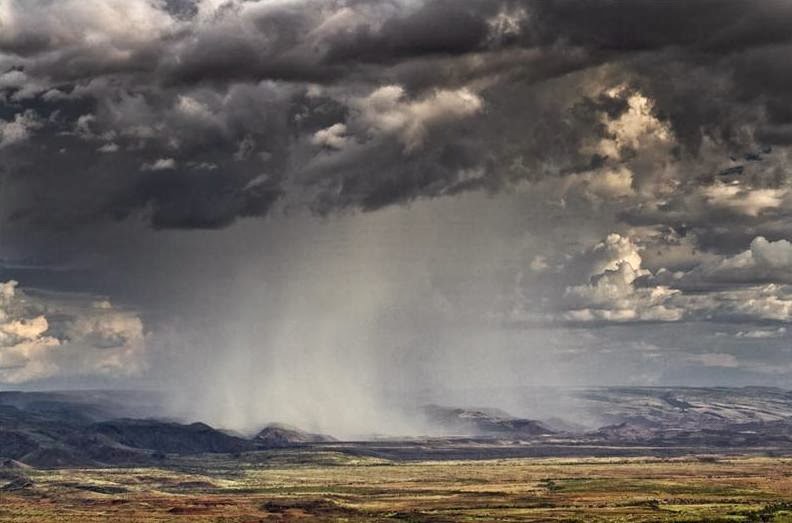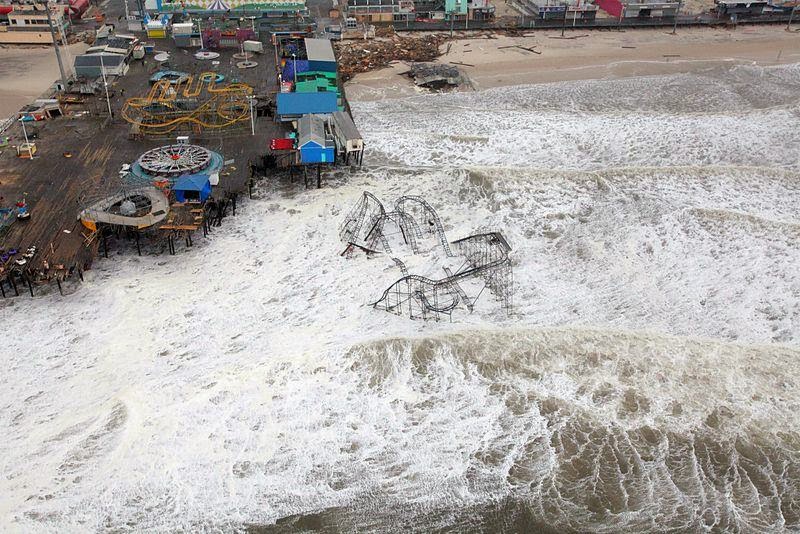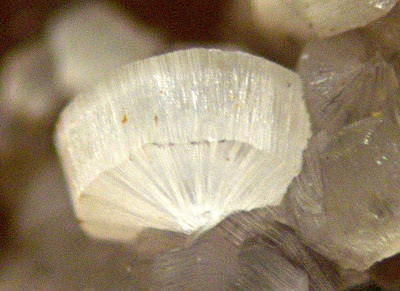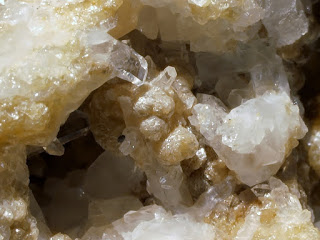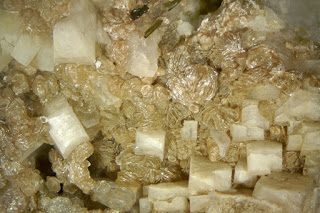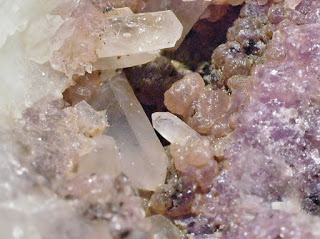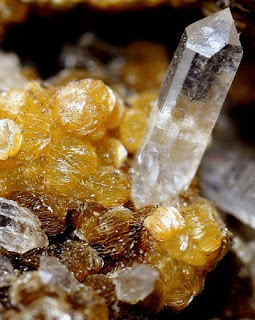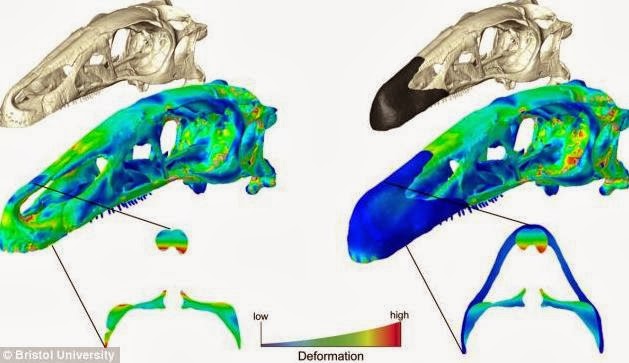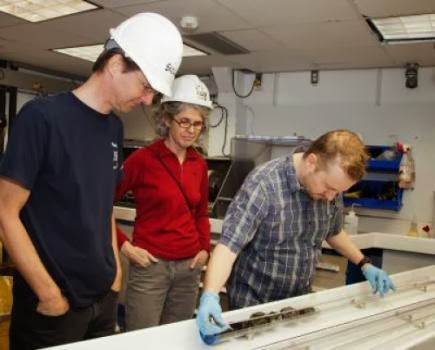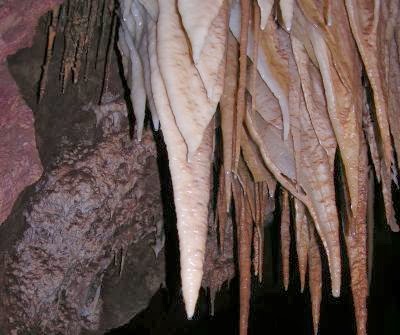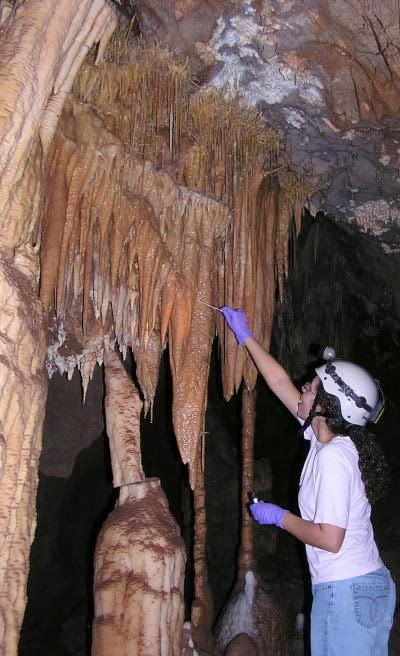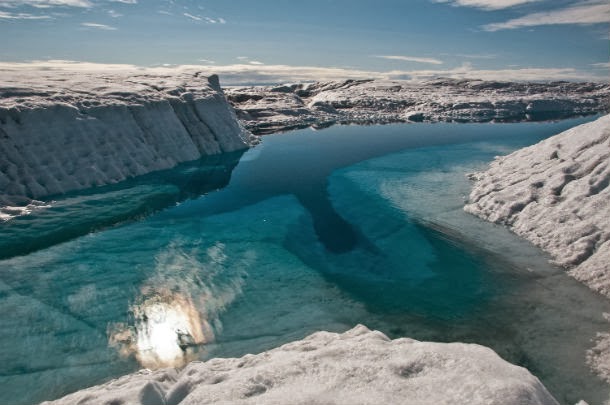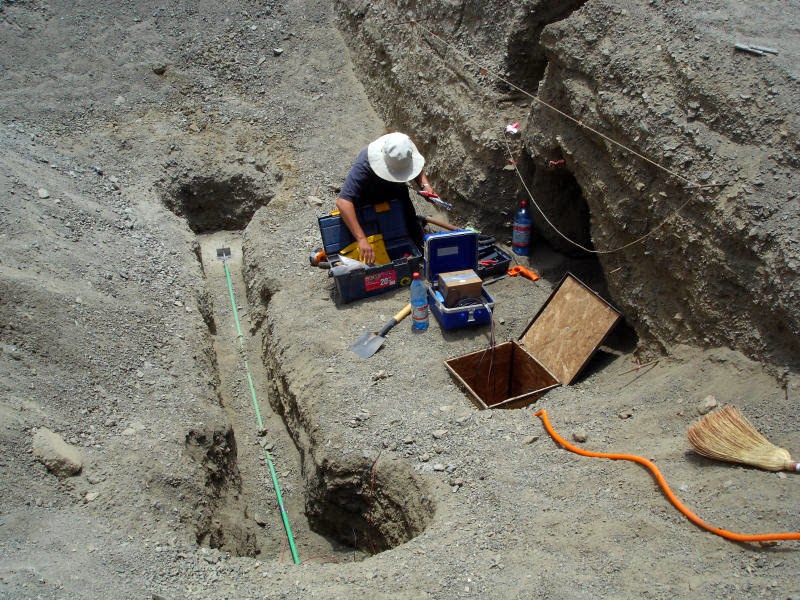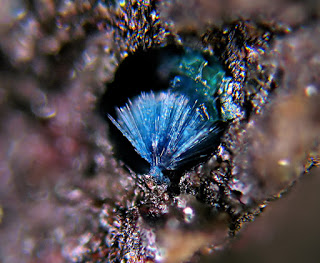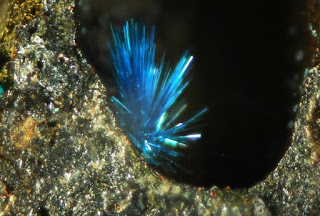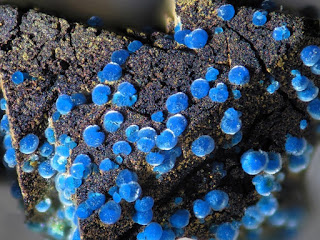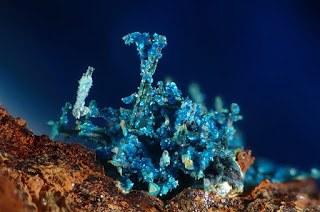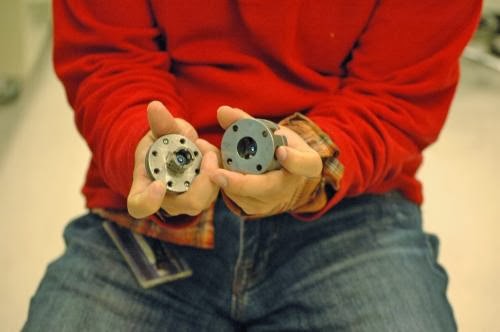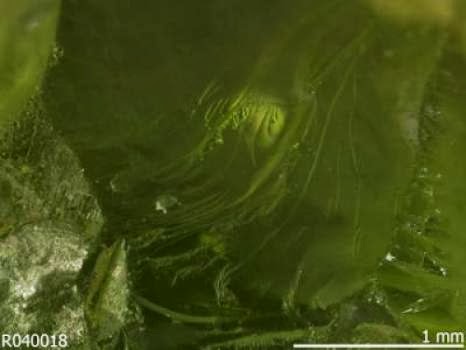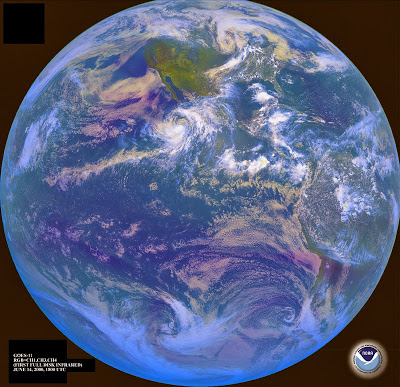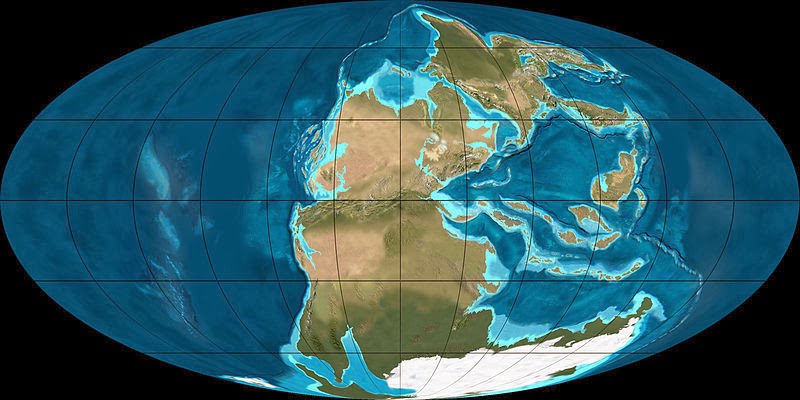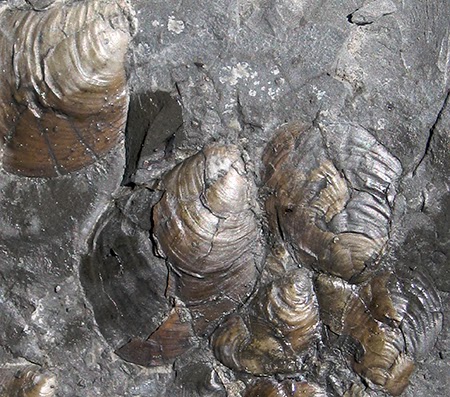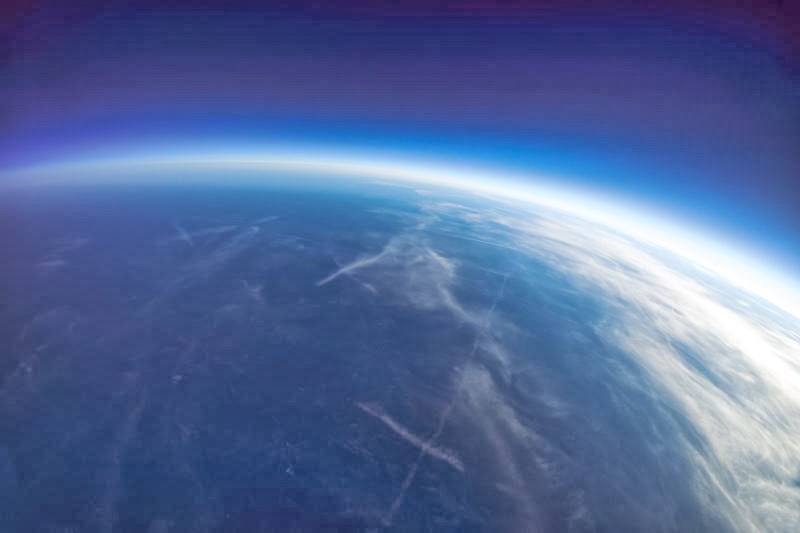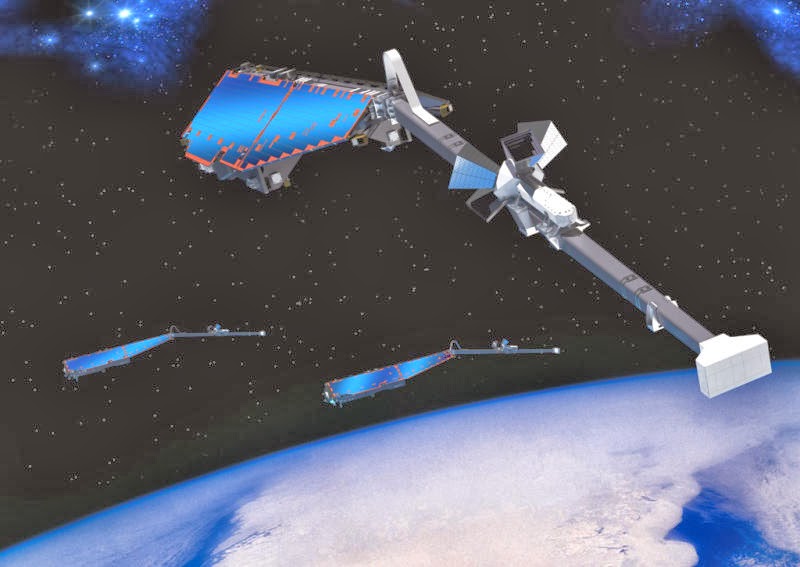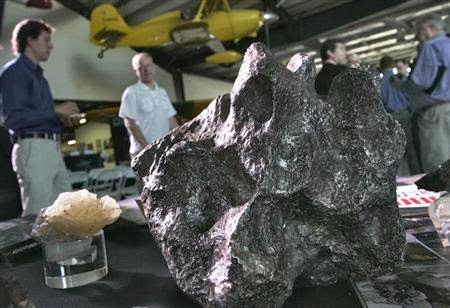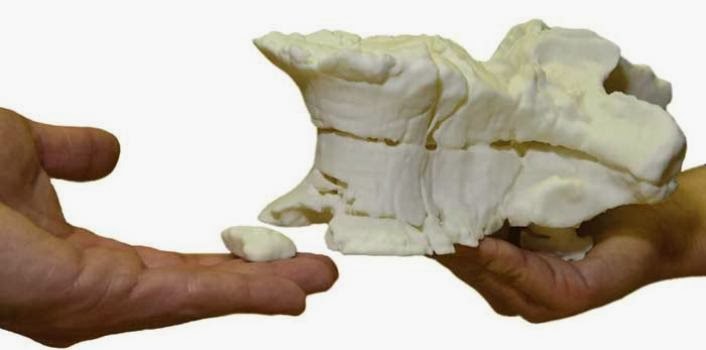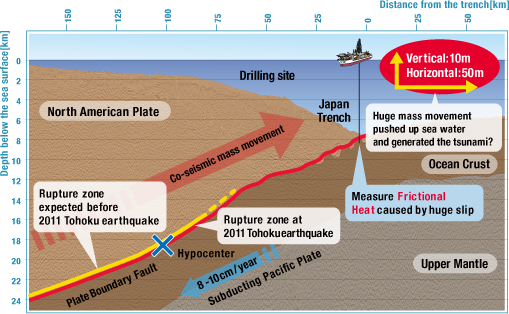
For the first time, scientists have measured the frictional heat produced by the fault slip during an earthquake. Their results, published December 5 in Science, show that friction on the fault was remarkably low during the magnitude 9.0 Tohoku-Oki earthquake that struck off the coast of Japan in March 2011 and triggered a devastating tsunami.
“The Tohoku fault is more slippery than anyone expected,” said Emily Brodsky, a geophysicist at the University of California, Santa Cruz, and coauthor of three papers on the Tohoku-Oki earthquake published together in Science. All three papers are based on results from the international Japan Trench Fast Drilling Project (JFAST), which Brodsky helped organize.
Because friction generates heat (like rubbing your hands together), taking the temperature of a fault after an earthquake can provide a measure of the fault’s frictional resistance to slip. But that hasn’t been easy to do. “It’s been difficult to get this measurement because the signal is weak and it dissipates over time, so we needed a big earthquake and a rapid response,” said Brodsky, a professor of Earth and planetary sciences at UCSC.
The JFAST expedition drilled across the Tohoku fault in 2012 and installed a temperature observatory in one of three boreholes nearly 7 kilometers below the ocean surface. The logistically and technically challenging operation successfully recovered temperature measurements and other data as well as core samples from across the fault.
The low resistance to slip on the fault may help explain the large amount of slip—an unprecedented 50 meters of displacement—that occurred during the earthquake, according to UC Santa Cruz researcher Patrick Fulton, who is first author of the paper focusing on the temperature measurements. An abundance of weak, slippery clay material in the fault zone—described in the two companion papers—may account for the low friction during the earthquake, he said.
The Tohoku-Oki earthquake occurred in a “subduction zone,” a boundary between two tectonic plates where one plate is diving beneath another—in this case, the Pacific plate dives beneath the Eurasian plate just east of Japan. Fulton explained that the epicenter, where the earthquake started, was much deeper than the shallow portion of the fault examined by JFAST. One of the surprising things about the earthquake, in addition to the 50 meters of slip, was that the fault ruptured all the way to the surface of the seafloor.
“The large slip at shallow depths contributed to the tsumani that caused so much damage in Japan. Usually, these earthquakes don’t rupture all the way to the surface,” Fulton said.
The strain that is released in a subduction zone earthquake is thought to build up in the deep portion of the fault where the two plates are “locked.” The shallow portion of the fault was not expected to accumulate a large amount of stress and was considered unlikely to produce a large amount of slip. The JFAST results show that the frictional stress on the shallow portion of the fault was very low during the earthquake, which means that either the stress was low to begin with or all of the stress was released during the earthquake.
“It’s probably a combination of both—the fault was pretty slippery to begin with, and whatever stress was on the fault at that shallow depth was all released during the earthquake,” Fulton said.
An earlier paper by JFAST researchers, published in Science in February 2013 (Lin et al.), also suggested a nearly total stress drop during the earthquake based on an analysis of geophysical data collected during drilling.
“We now have four lines of evidence that frictional stress was low during the earthquake,” Brodsky said. “The key measure is temperature, but those results are totally consistent with the other papers.”
One of the new papers (Ujiie et al.) presents the results of laboratory experiments on the material recovered from the fault zone. Tests showed very low shear stress (resistance to slip) attributable to the abundance of weak, slippery clay material. The other paper (Chester et al.) focuses on the geology and structure of the fault zone. In addition to the high clay content, the researchers found that the fault zone was surprisingly thin (less than 5 meters thick).
J. Casey Moore, a research professor of Earth sciences at UCSC and coauthor of the Chester et al. paper, said he suspects the clay layer observed in the Tohoku fault zone may play an important role in other fault zones. “Looking for something like that clay may give us a tool to understand the locations of earthquakes that cause tsunamis. It’s potentially a predictive tool,” Moore said.
According to Brodsky, measuring the frictional forces on the fault is the key to a fundamental understanding of earthquake mechanics. “We’ve been hamstrung without in situ measurements of frictional stress, and we now have that from the temperature data,” she said. “It’s hard to say how generalizable these results are until we look at other faults, but this lays the foundation for a better understanding of earthquakes and, ultimately, a better ability to identify earthquake hazards.”
Note : The above story is based on materials provided by University of California – Santa Cruz


